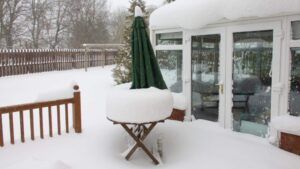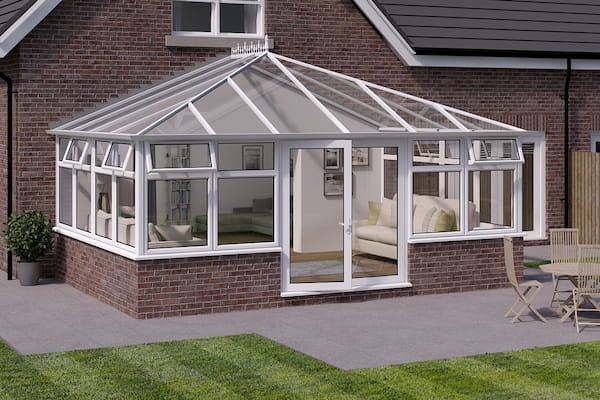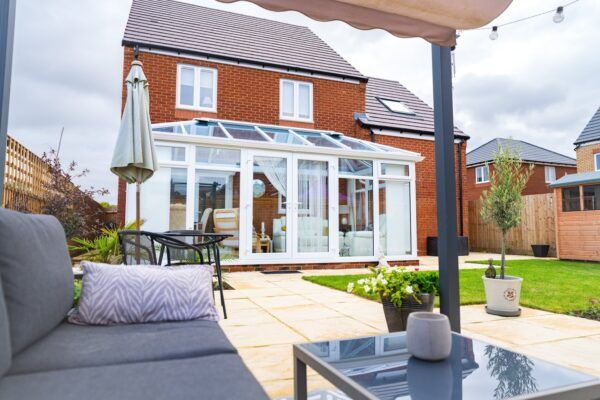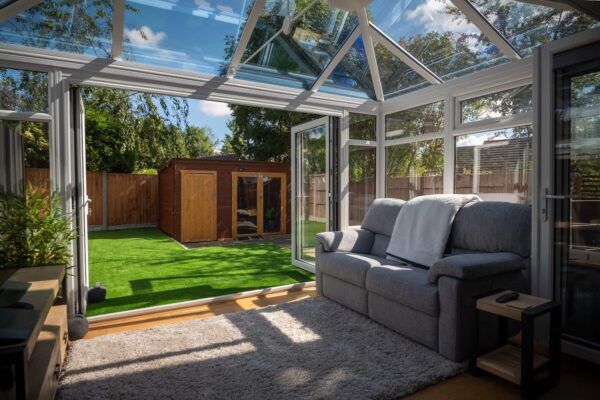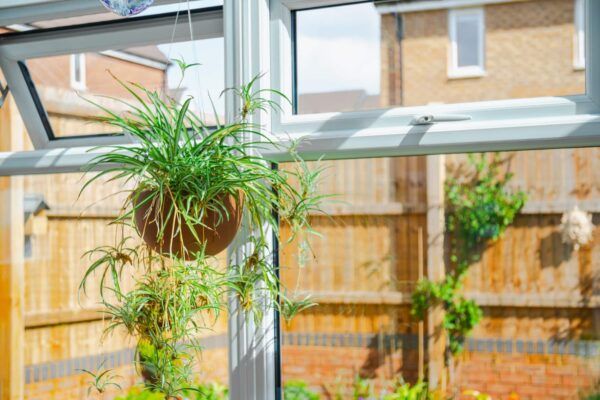It’s a common misconception that conservatories are either freezing in the winter or unbearably hot in the summer. However, with high-quality materials and proper installation, it should remain comfortable year-round.
If you’re currently feeling the chill, we explore the possible reasons why your conservatory might be too cold and some effective solutions to keep it cosy.
Why do conservatories get so cold?
Several factors can cause a conservatory to be too cold, especially in the winter. Here, are some of the most common issues:
Heat loss from the conservatory roof
One of the biggest contributors to heat loss in conservatories is the roof. Traditional conservatory roofs, often made from thin polycarbonate or single-pane glass, can let heat escape easily, leaving the space cold. These materials lack the insulation properties needed to maintain a consistent temperature, especially in colder months.
Lack of double glazing
Conservatories built with older, single-glazed windows tend to lose heat more quickly than those with double glazing. Single glazing provides minimal insulation, allowing cold air to seep in and warm air to escape. This can make it challenging to keep the conservatory warm during colder weather, leading to noticeable drops in temperature.
Wear and tear over time
Over time, wear and tear can cause drafts and cold spots in a conservatory. Small gaps, cracks in seals, or aging window and door frames can allow cold air to enter, making it difficult to keep the space warm. Even minor damage can have a significant impact on the overall temperature, especially if left unaddressed.
Poor insulation
Insufficient insulation is another common reason why conservatories get cold. Many older conservatories are built with little or poor insulation, allowing cold air to rise from the ground or seep out the windows. Without proper insulation, the room can quickly lose heat, making it feel colder than other areas of your home.
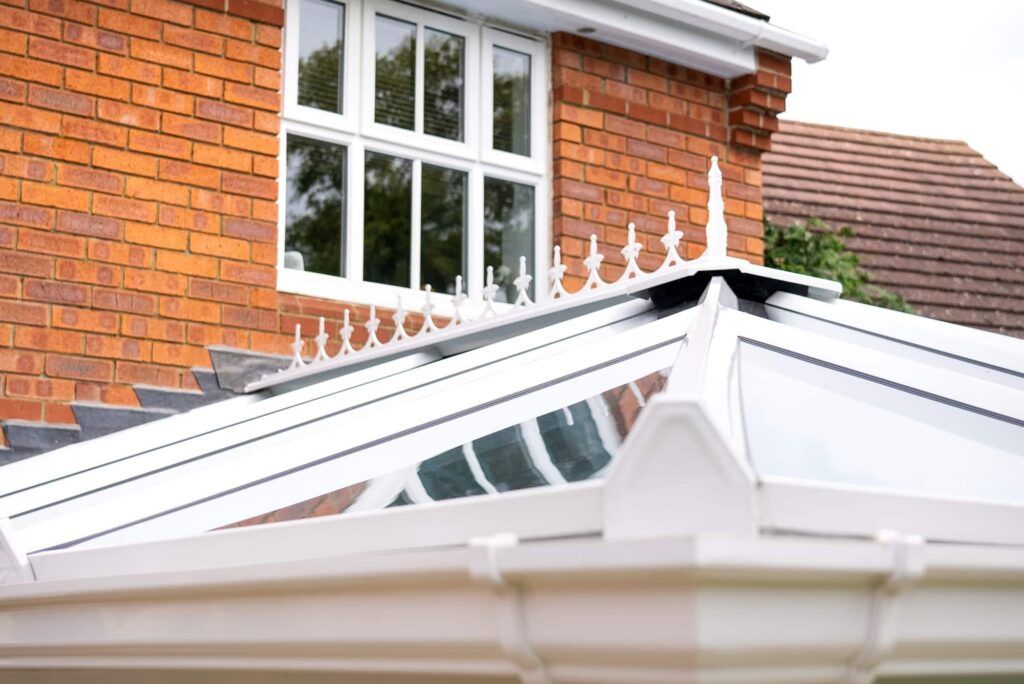
How to make your conservatory warmer
If your conservatory is colder than you’d like, there are several ways to increase its warmth and make it a cosy part of your home all year round.
From upgrading materials in your roof and windows to adding temporary fixes like thicker curtains or insulated blinds, small adjustments can make a big difference.
Upgrade your roof
Replacing an older polycarbonate or single-glazed glass roof with a thermally efficient material, like a tiled or glass roof, can greatly reduce heat loss. Modern roofing materials are designed to provide better insulation, helping keep your conservatory warm even in the coldest months.
Install double or triple glazing
Having the right conservatory glazing is crucial to keeping it warm. Double or triple glazing in your conservatory windows and doors provides excellent insulation, helping to prevent heat loss and maintain a stable indoor temperature. The additional layers act as a barrier, keeping warm air inside and cold air out, making your conservatory much warmer.
Add thermal blinds or curtains
Thermal blinds or thick, insulated curtains can add an extra layer of warmth to your conservatory. These coverings help to retain heat by preventing cold air from entering through windows, especially in the evenings or during colder days. They’re a quick, easy, and budget-friendly way to make a difference.
Consider underfloor heating
Underfloor heating in a conservatory is a fantastic way to add warmth from the ground up, keeping the space comfortable without taking up additional room. Electric underfloor heating can be particularly effective, especially if your conservatory has tile or stone flooring, which tends to retain cold.
Opt for a radiator
Radiators are a popular option for conservatory heating, providing consistent warmth throughout the space. If you have an existing central heating system, connecting a radiator can be an efficient way to extend the warmth from your home into your conservatory. For spaces without central heating access, electric radiators are a great alternative, offering a quick and easy way to add heat without extensive installation.
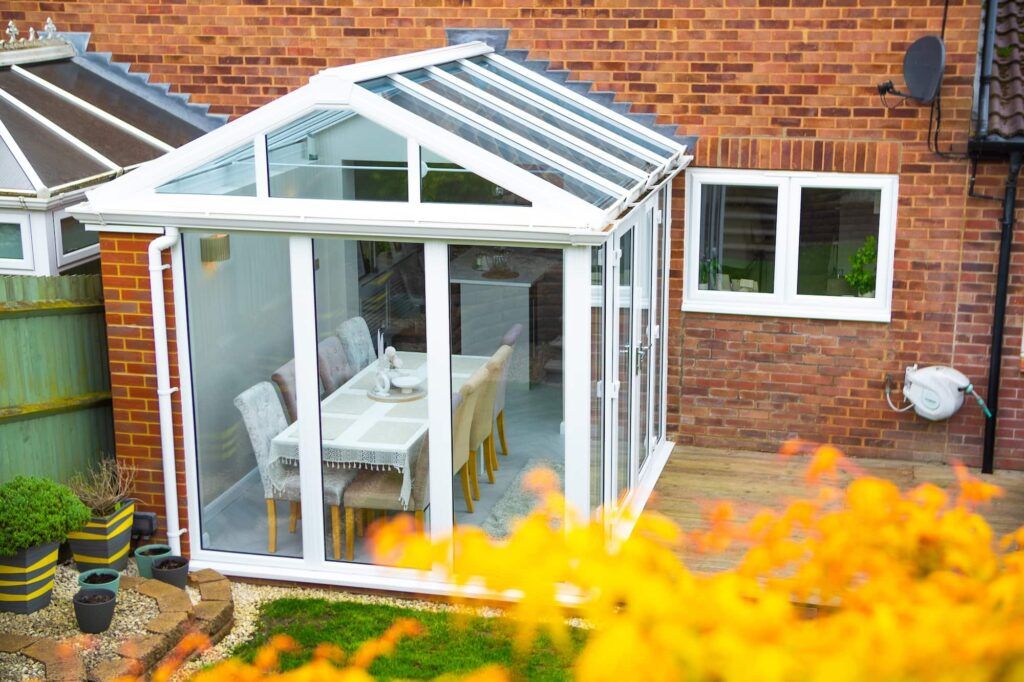
How to insulate your conservatory
Insulation is key to maintaining a comfortable temperature in your conservatory, regardless of the season.
Proper insulation for the roof, walls, windows, and even the floor can help retain heat and prevent cold air from seeping in.
Some ways you can insulate your conservatory include sealing draughts, adding insulated roofing panels, upgrading to double glazing, and installing flooring with insulation properties.
Check out our guide on conservatory insulation ideas for more tips.
What temperature should a conservatory be?
While there’s no strict rule for conservatory temperature, a comfortable range is between 18-22°C. This temperature is warm enough to enjoy the space comfortably without excess heating costs.
Keeping this temperature range enables you to use your conservatory as a year-round extension of your home.
Upgrade your conservatory with ConservatoryLand
While temporary fixes can help, a long-term solution for a consistently warm conservatory is to upgrade to a new, better one.
At ConservatoryLand, we specialise in building conservatories with superior insulation, double glazing, and flexible design options, all tailored to your specific needs.
With our expert installers and commitment to quality, you’ll enjoy a space that’s comfortable year-round.
Ready to transform your conservatory? Visit our quote builder to explore design options and find the best fit for your home.
